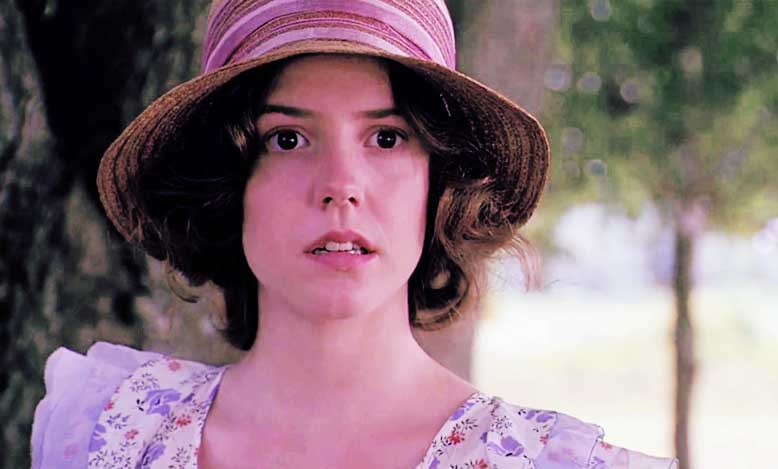
In Fried Green Tomatoes, the stories of Ruth Jamison and Evelyn Couch may take place in different decades, but they are powerfully connected by one common theme: female liberation from traditional oppression. Bound by expectations of obedience, quiet suffering, and domestic submission, both women awaken to the realization that they must reclaim their lives.
Yet their paths to that freedom could not be more different.
Shared Chains: The Weight of Expectation
Both Evelyn and Ruth begin as women silenced by the worlds around them.
Ruth, a young Southern woman of the 1920s, is married to an abusive man. Her role, defined by religion, marriage, and motherhood, offers no room for autonomy. Despite her kindness and inner strength, she lives in fear — for herself and her son.
Evelyn, living decades later in the 1980s, is not physically abused, but her spirit is equally stifled. She is ignored by her husband, dismissed by strangers, and told by society that after a certain age, a woman ceases to matter. Her value is tied to appearance, youth, and submissiveness — a slow, invisible death of the self.
Both women are, in essence, prisoners. And both face a choice: stay silent and wither, or rebel and survive.
Ruth: The Courage to Run for Love
Ruth’s choice is dramatic and immediate. When her best friend Idgie (and perhaps more) urges her to leave her abusive husband, Ruth doesn’t walk — she flees, taking her child with her. It’s not just an escape; it’s an act of radical love and defiance. In the context of her time, leaving a husband — even a violent one — is almost unthinkable.
Yet Ruth does it. Because in Idgie, she finds something society never gave her: safety, acceptance, and unconditional love.
Her liberation comes not through confrontation, but through connection. She builds a new life with Idgie at the Whistle Stop Café, raising her son, baking pies, and reclaiming joy in everyday acts. In creating a home built on love rather than duty, Ruth defies the narrow definitions of womanhood.
But her freedom is fragile. Illness and tragedy shorten her time, and even in death, she leaves behind a legacy of quiet bravery — a woman who dared to choose happiness over fear.

Evelyn: The Fury That Builds and Explodes
Evelyn’s revolution is slower, internal, and psychological. No one hits her, yet her emotional bruises run deep. She is laughed at, ignored, unseen — until she reaches a breaking point.
Her liberation doesn’t begin with love, but with rage. The moment she rams the car in the grocery store parking lot, yelling “Tawanda!”, is her awakening. She finally allows herself to feel — anger, grief, longing, and pride — emotions long buried under politeness.
Evelyn’s transformation is not about leaving anyone behind, but about finding herself again. Inspired by Ninny Threadgoode’s tales of Ruth and Idgie, Evelyn dares to imagine life beyond her domestic cage. She paints, gardens, sets boundaries, and even changes the way she dresses. By the end of the film, she is no longer invisible — she is present, confident, and powerful.
Her journey is one of reclamation — not fleeing, but fighting her way back to selfhood.
Two Women, Two Fires
-
Ruth is water — gentle, nurturing, but capable of powerful undercurrents when pushed too far. Her strength is in subtlety, resilience, and sacrifice.
-
Evelyn is fire — slow-burning at first, then explosive, devouring fear and doubt to give rise to something new and fierce.
Both are heroines. But they walk their paths differently:
-
Ruth finds healing in chosen family and love.
-
Evelyn finds rebirth through rage and reinvention.
The Echo Effect
In many ways, Ruth’s story paves the way for Evelyn’s. Though separated by decades, Ruth’s act of rebellion — captured in Ninny’s stories — gives Evelyn permission to challenge her own reality. It shows that women have always resisted, even when history tried to erase them.
By learning Ruth’s story, Evelyn reclaims hers.
